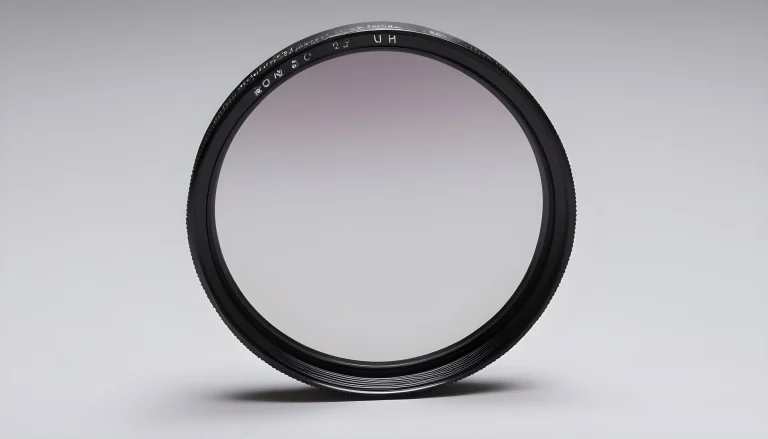Optical Flats: Testing Surface Parallelism
Optical flats are precision optical instruments that are commonly used for measuring the flatness and surface quality of objects. They rely on the principles of interference and light reflection to provide accurate measurements. One of the key applications of optical flats is testing the parallelism of two surfaces. In this blog post, we will explore the capabilities and limitations of optical flats for parallelism testing and discuss alternative methods for achieving similar results.
Understanding Optical Flats:
Optical flats consist of a highly polished and flat piece of glass or other transparent material. These flats are designed to be used in conjunction with a monochromatic light source. When placed in contact with a test surface, the reflected light waves interfere with each other, creating a pattern of fringes. The pattern observed can reveal information about the flatness and parallelism of the test surface.
The Principle Behind Parallelism Testing:
To test the parallelism of two surfaces using optical flats, one flat is placed on the reference surface, while the other is placed on the test surface. When the two flats are in contact, the interference pattern formed between the reference and test surfaces can indicate the parallelism between them. The spacing and characteristics of the interference fringes help determine any deviation from parallelism.
Advantages of Using Optical Flats for Parallelism Testing:
1. High Accuracy: Optical flats offer exceptional accuracy for parallelism measurements, with sub-micron resolution achievable in many cases.
2. Non-Destructive: Optical flats do not damage the test surfaces during the parallelism testing process, making them ideal for delicate or valuable components.
3. Wide Range of Applications: Optical flats can be used to test the parallelism of various objects, including optical components, mechanical parts, and semiconductor wafers.
Limitations of Optical Flats for Parallelism Testing:
1. Contact Method: The accuracy of parallelism measurements depends on the physical contact between the optical flats and the test surfaces. The presence of contaminants or air gaps can introduce errors.
2. Surface Preparation: Both the reference and test surfaces must be thoroughly cleaned and polished to ensure accurate measurements. Any imperfections can affect the interference pattern and lead to incorrect results.
3. Localized Testing: Optical flats provide localized measurements, making it necessary to perform multiple measurements across the entire surface to obtain a comprehensive view of parallelism.
4. Time-Consuming: Parallelism testing with optical flats requires careful alignment, observation, and analysis, which can be time-consuming, especially for large surfaces or complex objects.
Alternative Methods for Parallelism Testing:
1. Interferometers: Interferometric techniques, such as laser interferometry, utilize the interference of light to measure the relative displacement between two surfaces. These techniques provide high precision and non-contact parallelism measurements.
2. Autocollimators: Autocollimators are optical devices that measure angular displacements. They can be used to assess the parallelism of surfaces by analyzing the deviation in the reflected beam. Autocollimators offer quick and precise measurements, but they are limited to smaller surfaces.
3. Coordinate Measuring Machines (CMM): CMMs use touch probes or laser scanners to capture the three-dimensional surface profile of an object. By comparing the profiles of two surfaces, parallelism can be assessed. CMMs offer versatility and the ability to measure complex shapes accurately.
Conclusion:
Optical flats are valuable tools for testing the parallelism of two surfaces, providing high accuracy and non-destructive measurements. However, they have certain limitations, such as the need for physical contact and localized testing. Depending on the specific requirements and constraints of a parallelism measurement, alternative methods like interferometers, autocollimators, or CMMs may be more suitable. The choice of method should be based on factors such as surface size, complexity, desired accuracy, and measurement speed.
In summary, optical flats are capable of testing the parallelism of two surfaces with great accuracy. Their ability to create interference patterns and analyze fringe patterns provides valuable information about the parallelism deviation. However, it is important to consider the limitations of optical flats, such as the need for contact, surface preparation, and the time-consuming nature of the measurements. In cases where non-contact methods, faster measurements, or larger surface areas are involved, alternative techniques like interferometers, autocollimators, or CMMs may be more appropriate.
Ultimately, the choice of parallelism testing method should be based on a careful assessment of the specific requirements, the available resources, and the desired level of accuracy. By leveraging the right tools and techniques, engineers and manufacturers can ensure the precise parallelism of surfaces, contributing to the quality and performance of various components and systems across industries.








